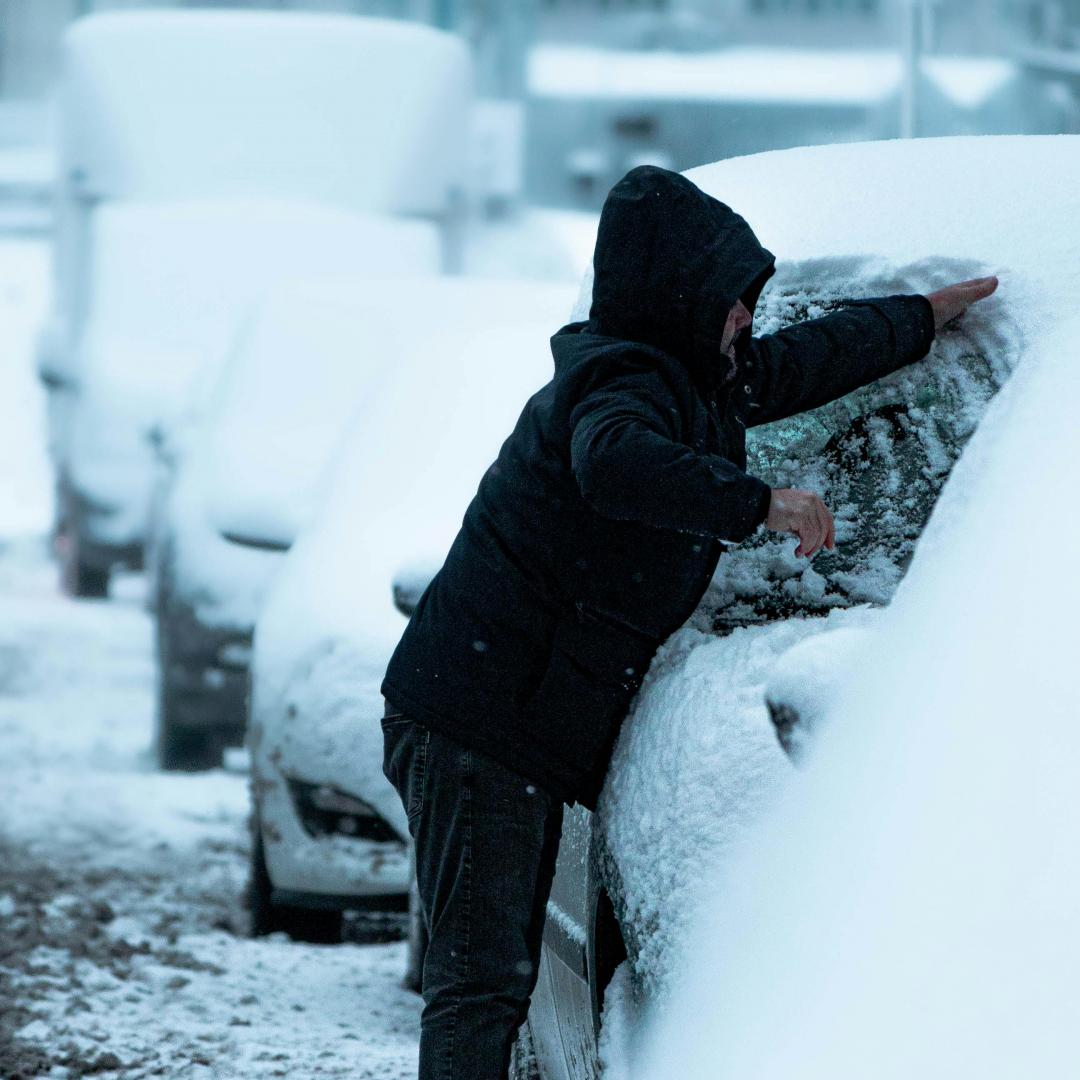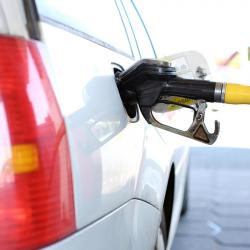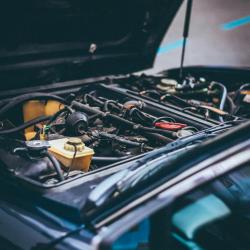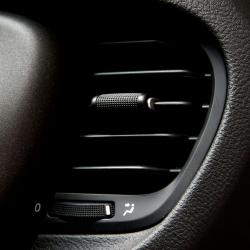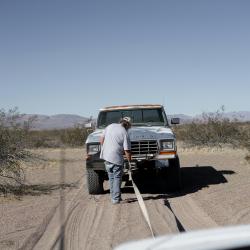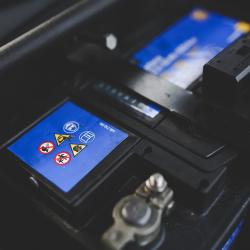Winterizing Your Vehicle: Essential Maintenance for Cold Weather
As the temperature drops and the first signs of winter begin to appear, it's crucial to prepare your vehicle for the challenges that colder weather brings. Winterizing your vehicle not only helps in preventing unexpected breakdowns but also ensures your safety during the harshest months of the year. Here’s a comprehensive guide on essential maintenance tasks to ready your car for winter.
1. Check Your Tires
Tires are your vehicle's only contact with the road, making them critical for safety, especially in winter conditions. Start by checking the tire pressure; cold air causes air to contract, which can lead to under-inflated tires. Make sure they are inflated to the manufacturer’s recommended levels. Also, consider switching to winter tires if you live in an area prone to heavy snowfall and icy roads. Winter tires provide better traction and handling in low temperatures compared to all-season tires.
2. Inspect the Battery
Cold weather can be tough on car batteries. Ensure that your battery is in good shape by checking for any signs of corrosion and ensuring that the terminals are clean and secure. It's also wise to have your battery tested to see if it's holding a charge. Most auto parts stores will perform this test for free. If your battery is more than three years old, consider replacing it before winter sets in.
3. Replace Wiper Blades and Replenish Fluid
Visibility is crucial during winter when snow, sleet, and fog can severely impact driving conditions. Replace old wiper blades with new ones that can effectively clear rain and snow off your windshield. Additionally, ensure your windshield washer fluid is filled with a solution that won’t freeze in low temperatures—ideally one with a winter formula.
4. Check the Antifreeze
Your vehicle’s cooling system is vital for maintaining proper engine temperature during both regular and extreme conditions. Check the antifreeze (coolant) level in your vehicle and top it off if necessary. It's important that the antifreeze mixture is correct (usually a 50/50 mix of coolant and water) to prevent the liquid from freezing in your engine.
5. Examine Brakes
Brakes are perhaps the most crucial safety feature in any vehicle. During winter, their performance can be compromised by ice and snow. Therefore, have your brakes inspected by a professional before the winter season kicks in. Ensure that the brake pads have sufficient thickness and that the brake fluid is topped off.
6. Check the Heating System
Before winter hits, ensure that your vehicle’s heating system is in working order, both for comfort and safety. A properly functioning defroster is just as important as the heater for maintaining clear visibility through your windows.
7. Keep an Emergency Kit
Despite all precautions, winter can still be unpredictable, and emergencies can occur. Keep an emergency kit in your car that includes items like blankets, a flashlight, non-perishable snacks, bottled water, a first-aid kit, jumper cables, and a shovel. These items can make all the difference if you find yourself trapped in harsh conditions.
8. Lubricate Locks and Doors
Cold weather can freeze locks and door seals, making it difficult to enter your vehicle. Before winter sets in, lubricate locks with a graphite-based lubricant and treat door seals with a silicone spray to prevent freezing and sticking.
Conclusion
Winterizing your vehicle is about more than just convenience—it’s about safety. By taking these essential maintenance steps, you’ll help ensure your car operates smoothly throughout the cold season, providing you with peace of mind and minimizing the risk of accidents or breakdowns. Prepare your vehicle appropriately, and you'll be ready for whatever winter throws your way.
